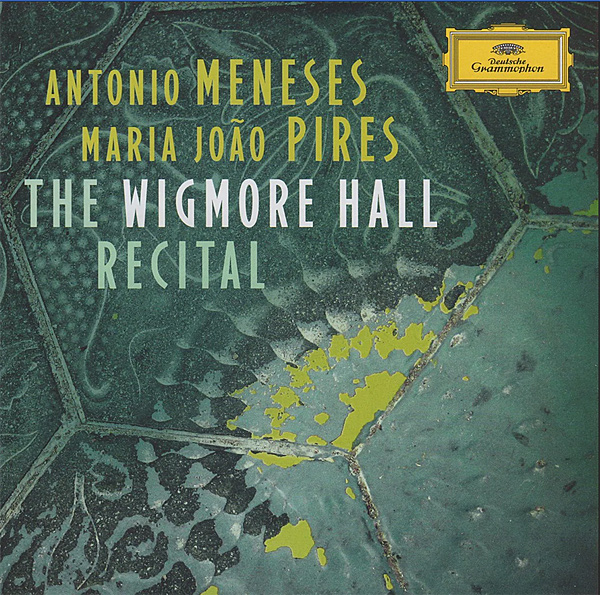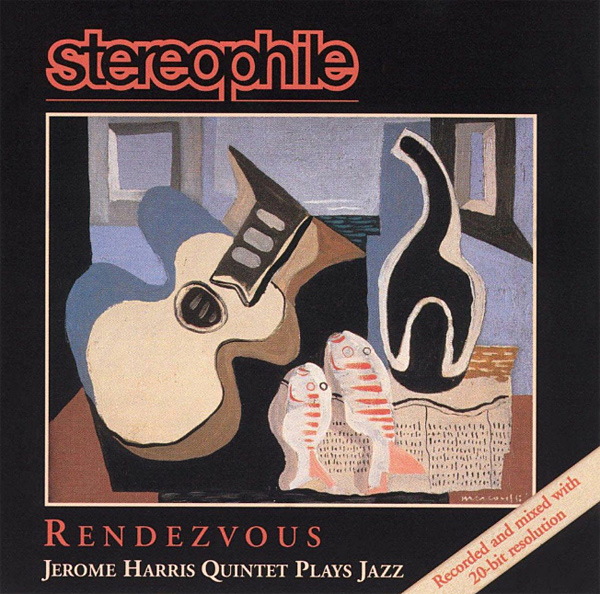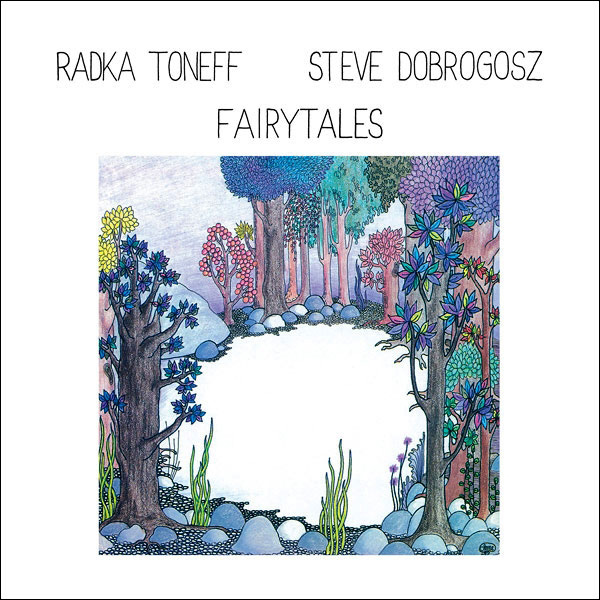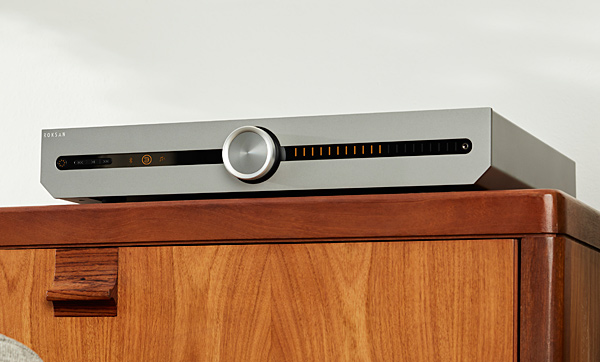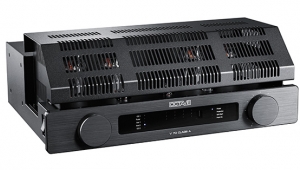| Columns Retired Columns & Blogs |
I enjoyed reading this review, but was disappointed Mr. Atkinson could not find a step up transformer to listen and review the phono section of this amp. As an owner of one of their turntables, I was keen to read how well it could sound. I am hopeful for a follow-up.
